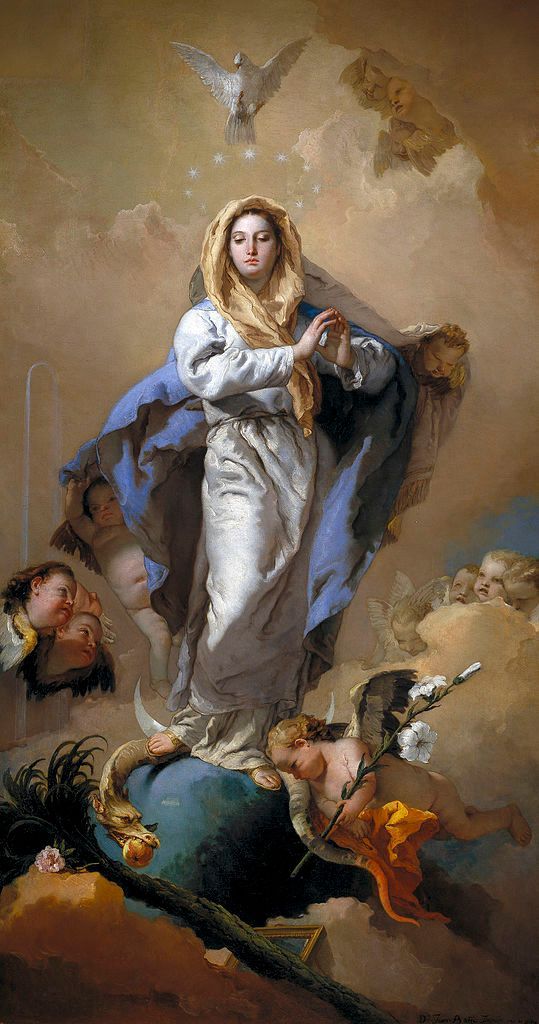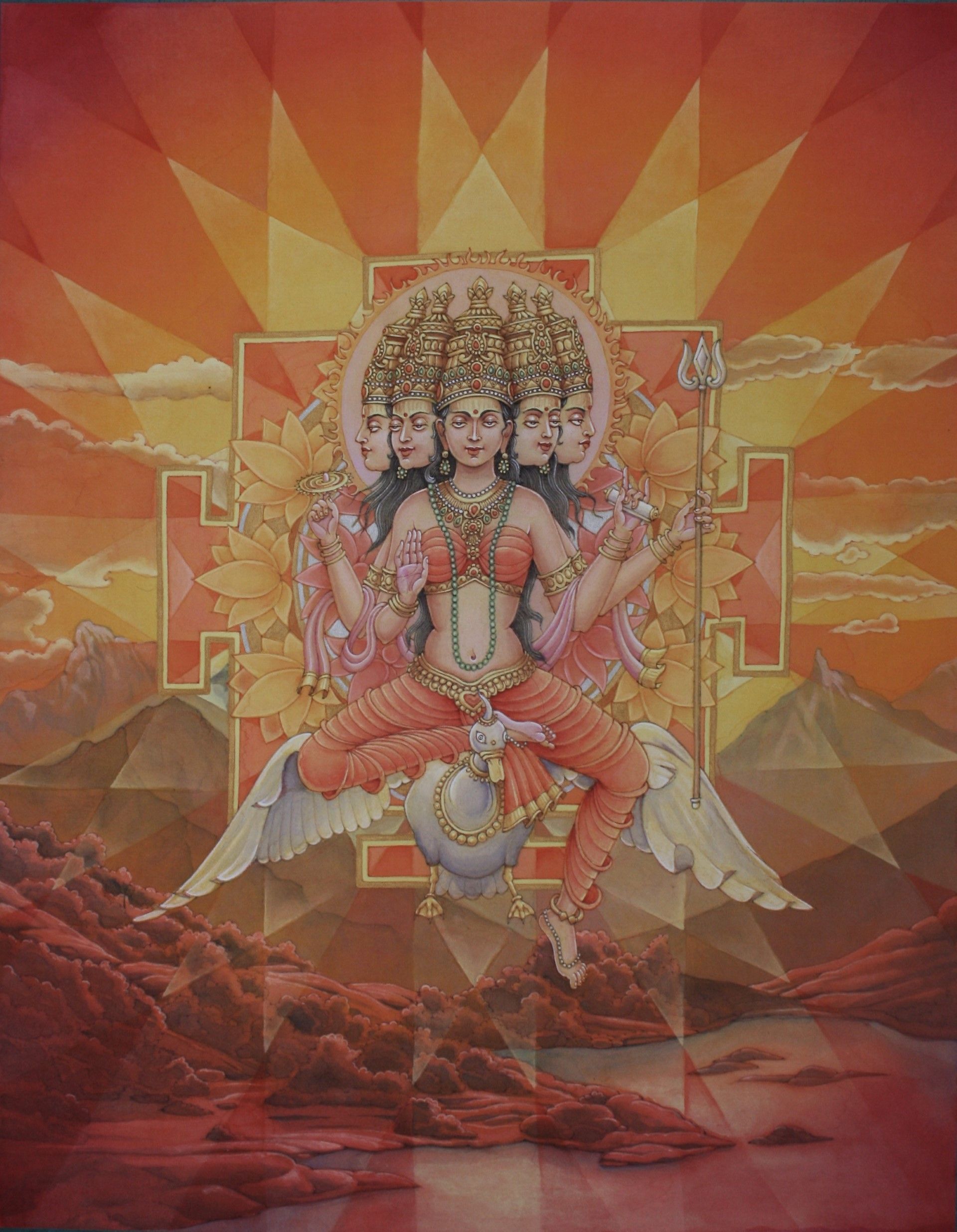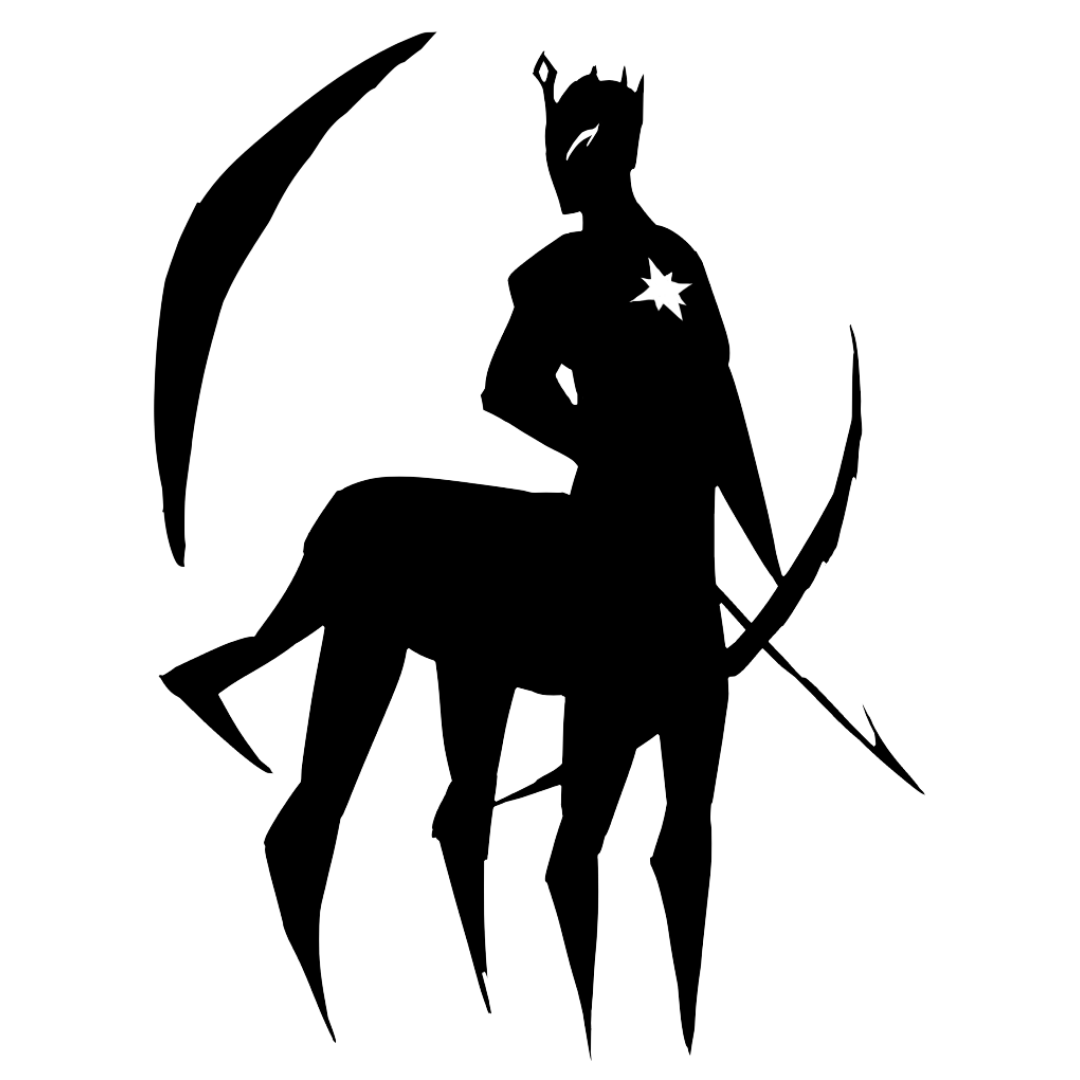THOR & THE CREATRIX
archetype #9

Interpret, Introspect, and Create with World Mythologies
A Symbolism Study Guide for Poets, Artists, and Storytellers
This page contains elements of our Course in Evolutive Mythology. While you can work with the elements presented here, we recommend enrolling in the online course for a comprehensive understanding of the methods used.
Start by joining our Evolutive Mythology Waitlist, and we will contact you with further details once we reach a significant number of students.



🔱 Mythological system : Germanic / West
🙏 Religion: Paganism / Animism / Asatrù
💡 Symbol Highlight : Man - God - Hammer - Death
☀️ Positive potential : Divine Masculine / Non-duality
🌘 Negative potential: Human Violence / Duality
Thor and his mighty hammer Mjölnir, though rendered insipid by the contemporary entertainment industry, remain noble characters in the Eddas 📚, the canons of Norse mythology written in prose and poetic verse (13th century CE) you will find in your Secret Library.
Before we dive into the essence of Thor & Mjölnir and realize their creative potential for poets, artists, and storytellers, it is essential to understand how myths are formed, what their purpose are, and how to interpret, introspect, and create (with) them: writing a poem, a story, or composing a painting is myth creation.
Part I will propose a method in that sense. Part II will apply this method to the Old Norse Warrior-God.

Thor's Fight with the Giants
(1872) by Swedish artist Mårten Eskil Winge who stands out as the only known painter to have depicted the powerful figures of Old Norse Mythology in such detail. If you are aware of other artists who have paid tribute to Odin, Loki, Baldur, Kvasir, the Valkyries, Freya, and the mystical inhabitants of Asgard, we'd love to hear about it! Revue {R} has a deep appreciation for Norse mythology, drawing parallels to Hindu mythos and admiring the exquisite beauty of its legendary characters.
PRACTICE (CASE STUDY):
THOR & MJÖLNIR'S SYMBOLISM
👁️
Applied hermeneutics from Scandinavia to India
The identification with the body is so strong, like the hold of the serpent, that it is not easy to do away with it. But we are the eternal principle and not what we appear to be.
The one who knows the seed of this world, realizes that it is an illusion, sits quietly and doesn’t blow a trumpet about it.
–– Sri Nisargadatta Maharaj (1897-1981)
Indian guru of nondualism of the Nath tradition, a Yogic lineage dating back 9th century. "Guru" means "remover of ignorance.
This quote is excerpted from 📖 I am not the body: Discovering the truth beyond bondage. Talks conducted in 1979-80 in India. First published in 2020
Left: Thor lifts Jormungandr, the world serpent living in Earth's water and biding its own tail, disguised as a cat. by Danish artist Lorenz Frølich (1820-1908)
CREATIVE, NARRATIVE & INTROSPECTIVE PURPOSE
Introspect & captivate your audience:
The art of archetypes for poets, artists, & storytellers
Start with abstraction: Travel from ordinary to extraordinary perception
- What is abstraction?
Abstraction is a transformative process that creatives often master without realizing it. This thought process occurs whenever a practical device, like a physical element, is consciously endowed with non-physical properties, i.e, information.
- Examples of abstraction in our daily lives
- For instance, counting is an act of abstraction: the natural numbers 1, 2, 3 etc. are symbols from the Hindu-Arabic numerical system (dating back to the first millennium) that we use to measure, count, and label various objects unrelated to algebra. Numbers have been integrated into language and are readable; they are expressed in sounds and hold meaning.
- Writing is another example of abstraction. Alphabet (note that Latin script is accepted as a standard convention even in countries that harbor other alphabets) consists of symbols representing sounds, which gain deeper levels of meaning as we combine them.
- For example, the letter A can symbolize "one" and appears in words ranging from the most conventional (apples and oranges) to the least conventional (ataraxia, a state of complete calmness; Ahab, a historical figure who became a Biblical legend of moral decline and a mythological figure in a novel).
- Abstraction in deeper meanings
Abstraction expands beyond our daily lives and spans from imperceptible physical information (found in science or technology for example) to profound moral, psychological, or spiritual meanings. The richer the meaning, the greater the potential for abstraction and depth.
Let's revisit the example of “one,” the simplest, less complex number there is, in appearance. If you dive deeper into abstraction, you’ll find that "One" also represents less tangible realities: uniqueness or originality; psychological individuality; love, as expressed in the concept of oneness; and ultimately, an implicit representation of The Divine, the Absolute. These lesser and lesser practical layers of meaning correspond to, serve as expressions of our inner life.
- The twofold nature of abstraction
Abstraction leads to two types of refined information.
- On one hand, it creates refined physical information that enhances our outer lives, such as advancements in science and technology.
- On the other hand, it produces refined information that enriches our inner lives, with moral, psychological, and spiritual value. This includes fields like religion and philosophy. Philosophy is particularly interesting because it enhances both our outer and inner lives. It provides the logical foundation for philosophy and science, while also serving as a self-reflective method that supports psychology and theology. Abstraction also encompasses poetry and art, which express lyrical and metaphysical sentiments. Lyricism refers to a form of communication that is rich in feeling, imagination, and appreciation of beauty (aesthetic), often evoking strong emotions and vivid imagery. In literature and art, lyrical works tend to convey a deep personal or emotional experience in a flowing, musical, and harmonious manner.
- A simple, lucid definition of mythology
Mythology is a process of intense abstraction using basic elements of the outer life (nature) to convey deeper existential truths about the inner life, the psyche, the soul, the universal self. This explains why mythology forms the foundation of religion and poetry. Poetry is a subtle, lyrical, and allegorical discourse on life from the individual self perspective.
Use terms like "symbolic," "subtle," or "spiritual" interchangeably to describe deeper dimensions of human experience, where encounters with lofty ideas that elevate life are possible: the symbolic and philosophical realm, the Divine.
HOW TO CREATE / INTERPRET MYTHS AND SYMBOLS
WITH HERMENEUTICS & SAMKHYA
A 3-step method to mythologize
JOIN OUR EVOLUTIVE MYTHOLOGY WAITLIST
(link below)
As we've already established, mythology is a superior form of abstraction expressing a subtle discourse on nature and the purpose of existence that informs both the fine arts and religion. Animism, for instance, is a form of religion where natural elements are revered as deities due to their influence on human existence, either positively or negatively.
While some cultures, such as those in sub-Saharan Africa and among the native peoples of America and Oceania, are more animistic, many Western and Eastern religions also contain animistic elements and rituals. Consider the blessed water in Catholicism, the Bodhi Tree in Buddhism, Shintoism in Japan, the olive branch in Judaism, and all the ritual offerings of raw or transformed elements to Deities in Hinduism (the Vedic Gods representing the five elements of nature, the puja, abhisheka, and homa). As stated before, human beings tend to express their reverence or respect for the power of nature with worship. The aim of worship is to befriend nature, to propitiate it, to turn it into a benefactor rather than an adversary.
💡 So, the key factor determining whether a natural element can be abstracted into a myth or symbol element is its potential to benefit or harm the human body.
Prerequisite: Confront fear of symbolism
Fear is ignorance.
Since natural elements are dual, carrying both positive and negative potentials, so is the human perception evolving within their boundaries. While this dual nature can often be ignored or avoided in ordinary life, it becomes potent and active when confronted through symbolization—whether in creation or introspection.
Here’s what I mean. You don’t need to think about Thor to use a hammer properly. In fact, thinking about Thor while using a hammer might be dangerous. If you imagine it as Mjöllnir, with a consciousness of its own, and throw it into the air expecting it to return, someone could get hurt. And if you wait for it to nail something out of its own volition, you’ll be waiting forever.
But if you decide to write a poem about a hammer or to create a story with a magical tool mending broken areas of the soul or the sky (lovely writing prompt, I know, you’re welcome 🙂), then, thinking about the symbolism of the hammer is essential to add some depth to your story and connect with your audience more deeply.
The dual nature of symbols often causes people to fear or dismiss them as cryptic or irrelevant. This reaction stems from fear of the danger they might represent, rather than a genuine belief that they are mere "childish stuff." Fear usually signifies ignorance. The best way to overcome it is through experience and knowledge. If you are creative, your mission is to help enlighten our lives. Be bold and brave. Go for it.
Master paradoxes
Beyond worship, the power of the symbol lies precisely in its paradoxical nature—it can both challenge and harmonize our understanding of existence and the self.
Once an element of nature is turned into a symbol, human perception becomes active rather than passive, and the sense of danger is mitigated. Interacting with a symbol through worship, philosophical observation, introspection, or religious ritual secretes both objective knowledge (information related to the symbol itself) and subjective knowledge (the meaning we imbue the symbol with for propitiation or introspection).
Rich symbolism is the privilege of masters of paradox and the mark of majestic creativity, whether poetry, art, or even philosophy: Think about the enduring wisdom in Plato’s Allegory of The Cave, Nietzsche’s symbolic tale on Zarathustra or the Superman, or Hegel’s master-slave dialectic.
_________
Introduction to the hermeneutic method
"There are a hundred ways of looking at a problem. If you want to find the solution, you must take up all the elements one after another, rise above them and see how they harmonize."
––Mirra Alfassa, The Mother, Questions and Answers 1950-1951
APPLIED HERMENEUTICS
PRACTICE (CASE STUDY):
THOR & MJÖLNIR'S SYMBOLISM
THOR'S HERMENEUTIC CARD BASED ON THE GUNAS
Creative & introspective potential of the archetype of Thor & Mjölnir
Symbolic polarities (Evolution / Regression)
From a prosaic or ordinary perspective, the hammer is a simple tool to mend and nail a variety of things. Hammers evoke the ancient work of blacksmiths, artisans who use fire to transform various metals; tin, copper, iron, etc. Referring to our introductory paragraph, you now understand why, in the creative arts which rest on abstraction, everything carries a symbolic potency which enfolds in gradual or deeper levels of abstraction.
Right : Thor dresses up as a bride and Loki as a bridesmaid. Loki is the god of ilusion, and father of the Midgard serpent Jormundr. Illustration by Carl Larsson (1893)
Mythology Deck for Creative Contemplation 2024
Archetype # 9: The Evolution of Thor
by poet-artist Murielle Mobengo. Tools for Creation and Introspection
Digital art
HERMENEUTIC CARD: THOR
This Thor hermeneutic card is part of our evolving mythology deck. From his regressive potential (Tamas) to its passionate/energetic state (Rajas), it culminates into the evolutive, that is, harmonious aspect of the Norse God Thor (Sattva). Here, every shape and color carries meaning and is meant to instruct artists and poets. This is symbolism.
Symbolism is meaningful art and poetry, a potent tool for introspection and subtle knowledge transmission. Symbolism, when mastered, elucidates dense philosophical concepts that would be difficult to absorb otherwise. Poets and artists must master symbolism for the evolution of their creative practice into genius, and to connect deeply with their audience. What we call "Depth" is layered meaning, from the subtlest to the rawest, from spirit to intellect, to emotion. Depth is what causes a creative piece to transcend epochs. When a body of creative work carries depth, it speaks to younger and older generations alike.
Enjoy these hermeneutic cards on the Mighty Thor! Right-click on the carousel to save them to your computer or double tap to upload them on your tablet or phone. Examine them, try to decipher how they've been crafted, what the layers of meaning are.
ENROLL IN OUR
EVOLUTIVE MYTHOLOGY COURSE
Consider joining our
Evolutive Mythology Waitlist to enroll in our eponymous course. In this course, you'll examine the complete symbolism behind this card and many others. You'll learn the exact methods I use to symbolize and create these beautiful and meaningful cards, enabling you to create your own. Discover how mythologies are formed, why some evolved into religion while others did not, how mythologies benefit the creative life, the intellect, and the inner life in general, and understand their ultimate purpose.
Harmonious correspondances:
Female Counterparts & Eastern Symbolism
Thor belongs to the tradition of warrior-gods, much like All-father Odin, the progenitor of the Human race in Norse mythology, and the God of spiritual intoxication and poetry.
World mythologies have more in common than we often realize. For example, Shaktism, a sect of Hinduism, features the Divine Feminine Tridevi: Maha Lakshmi, Maha Saraswati, and Maha Kali (or Durga), who fight demons of dualism for human evolution into enlightenment. This is vividly depicted in the Devi Mahatmya, a foundational text expressing philosophical truths through mythological acts (also linked in your Seeker's Secret Library)
All major religions have evolved into similar structures (ritual/mythology/philosophy), a topic explored in depth in our Evolutive Mythology Course (you can join the waitlist here), which offers a unique and lucid perspective on the purpose of religions and their connection with myth and poetry.
Catholic mythology usually portrays the Virgin Mary as the feminine embodiment of divine love and devotion, but also the vanquisher of evil when she is represented stepping on a serpent or dragon. This depiction echoes the essence of Shaktism and Tibetan Buddhism, where the serpent or lizard symbolizes the opposite: the human ascension in divine consciousness.

The Immaculate Conception in the distinguishably lavish Rococo style, by Italian painter Gianbattista Tiepolo (1767-68).
Mother Mary is shown in an uncommon posture: standing on Planet Earth, as if dominating it, and stepping over a dragon-like serpent.

Mother Gayatri, dispenser of Divine Knowledge in Hinduism, in a majestic representation by contemporary Tantra Master-Artist Pieter Weltevrede (featured in our 6th issue). As Pieter suggests in his interview, Shri Gayatri is the synthesis of Tridevi.
In Yogic practices, Shri Gayatri liberates from ignorance. Shakti means "energy" in Sanskrit. This female aspect of the Divine is responsible for all transformative movements within and without. She is known to Yogis as "Kundalini," or coiled snake.
Courtesy of Pieter Weltevrede
Creative & Introspective Power
Storyteller tools: How to harness the solar power in your poetry & art
🔥 Poets & Artists: Here are pointers to help you tap into the solar archetype to introspect, enhance your creations with universal meaning and beauty, and connect on a deeper level with your audience:
- Archetypes are universal symbols that mysteriously bare incredible resonance in human beings, regardless of their origins. They carry ancient meaning ingrained in our culture by the First Storytellers, authors of the first cave paintings, cosmogonies, and sacred literature. Time, the foundation of tradition, certainly aided in the constitution of this eternal memory, as every generation tends to build on the legacy of the previous one (as Pieter Weltevrede lucidly explains in R6).
- Mythology is a subtle discourse on the nature and purpose of existence which informs religion and the fine arts. In Old Norse myth and the current revival of animistic rituals of Scandinavia, Thor is the God of Thunder: blazing light in the dark. His archetype (i.e. universal essence and introspective meaning) represents triumph over darkness, virtue, and the Divine masculine. In visual or verbal narrations, the hammer is a symbol of performance. It represents / symbolizes might, craftsmanship, determination, and inner work.
- Each time you want to convey a sense of vigorous transformation or performance in your visual art, poems, or lyrical stories, use the archetype of Thor or his female correspondences in other mythological systems, a blacksmith, or any tool connected to hammers to reflect and evoke transformation. In poetry, art, and other subtle narratives, though, hammer, maces, and everything that connotes hammering or pounding are symbols of elemental mastery: the blacksmith works with fire, earth, water, air, and space, an essential element of creation which is always forgotten in Western and Middle-Eastern traditions. Without space or sky, things are not supported, and therefore, do not come into existence.
- In their harmonious and superior narrative form, the archetype family of the blacksmith, human or divine, represents power, force, and ambition of transformation through the alchemical process of the soul from oblivion to self-realization, from darkness to light / illusion to reality.


